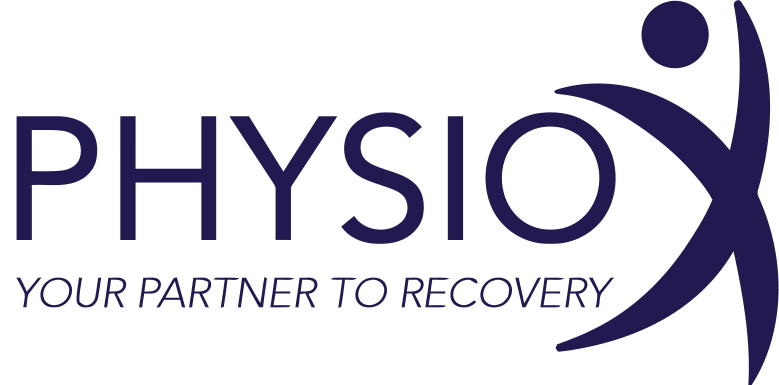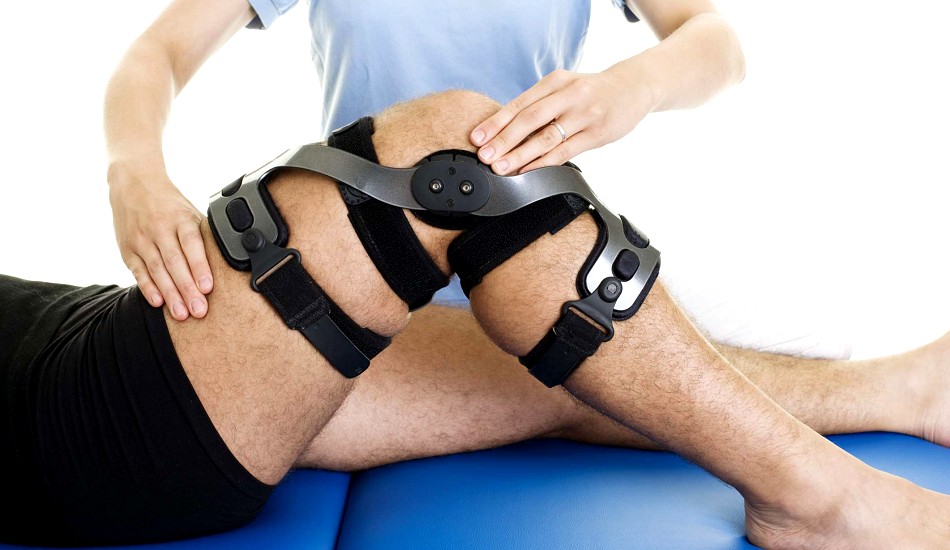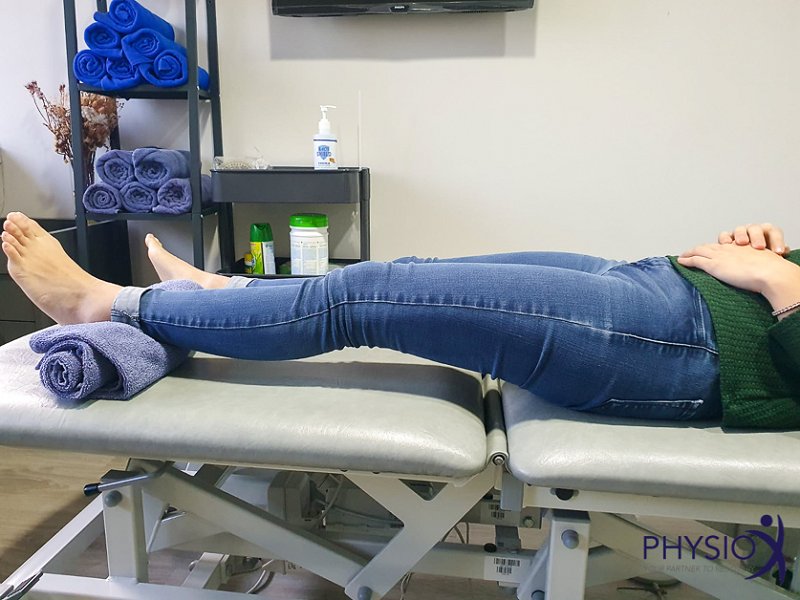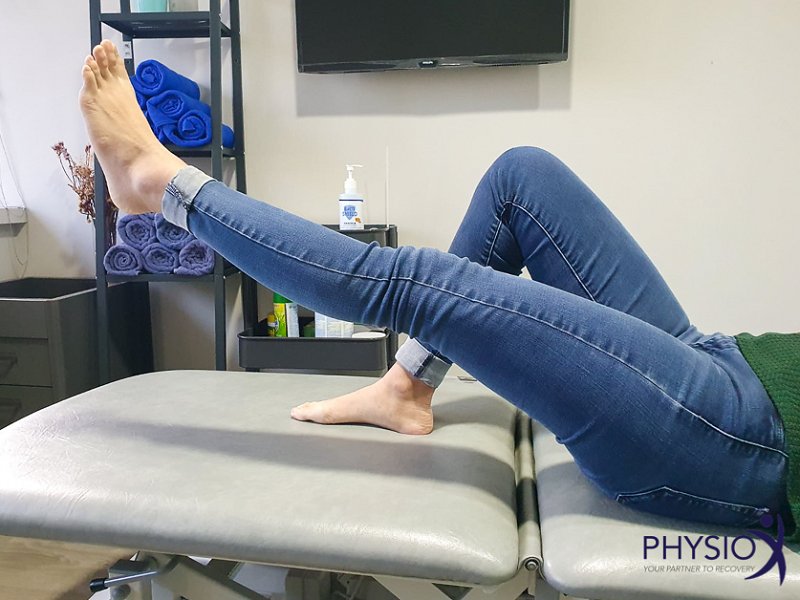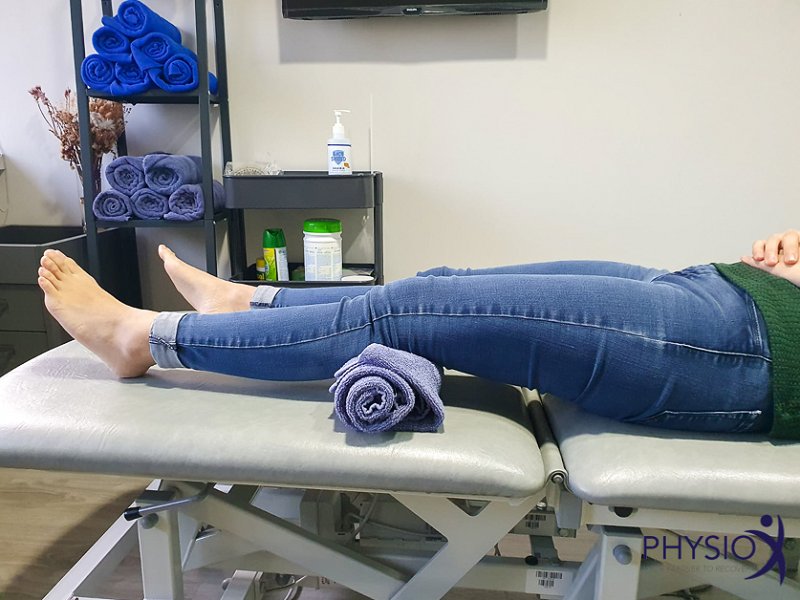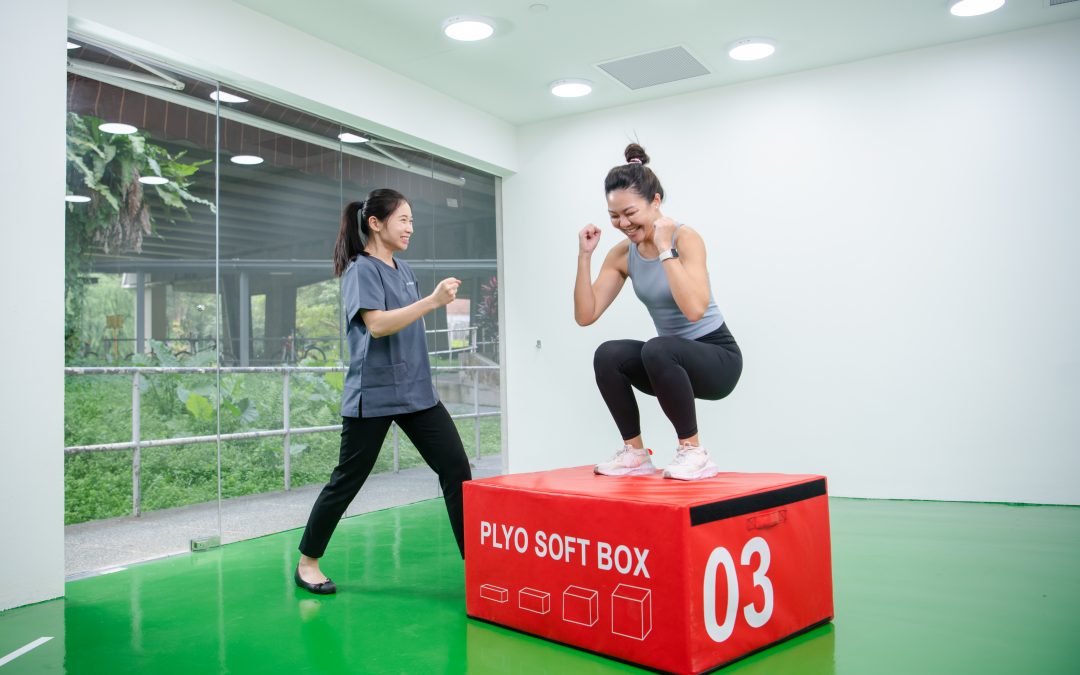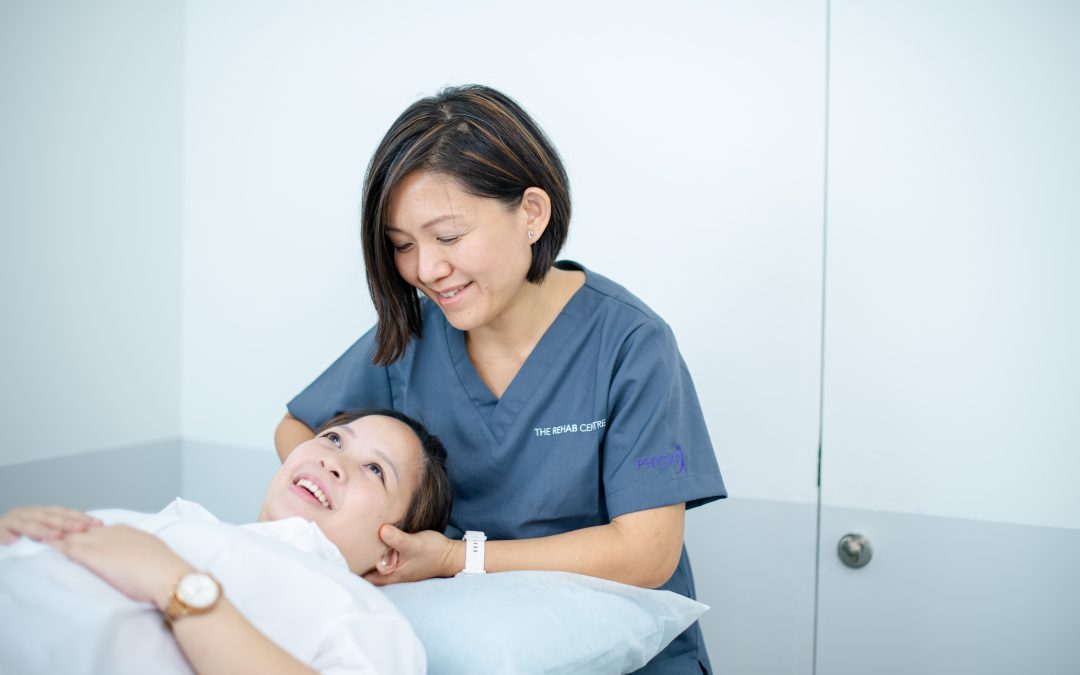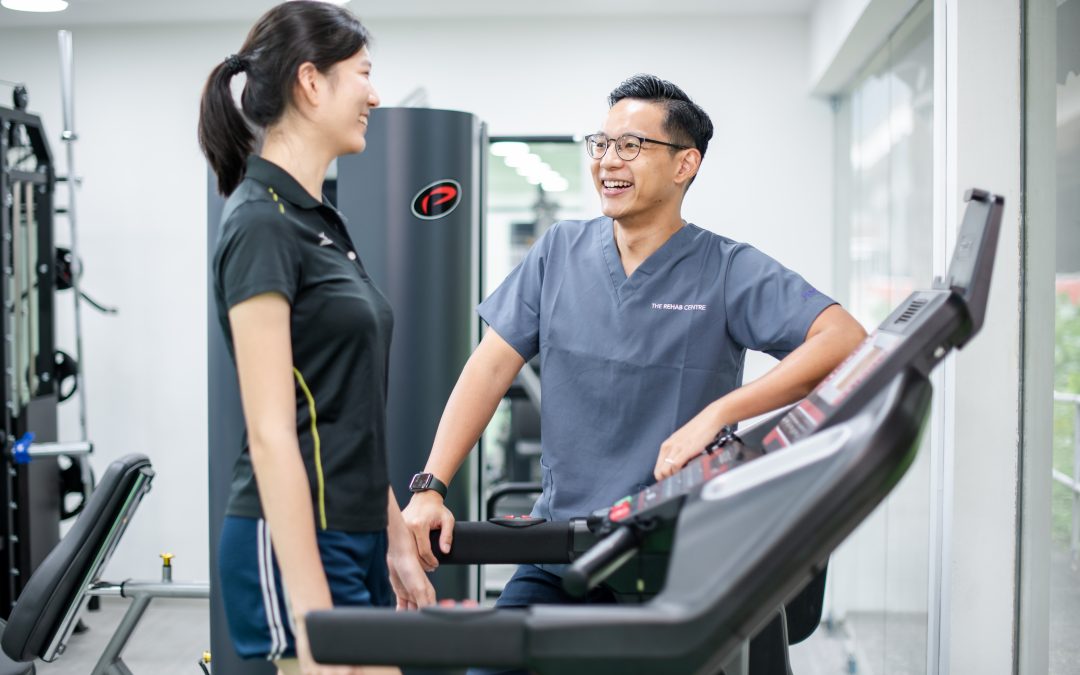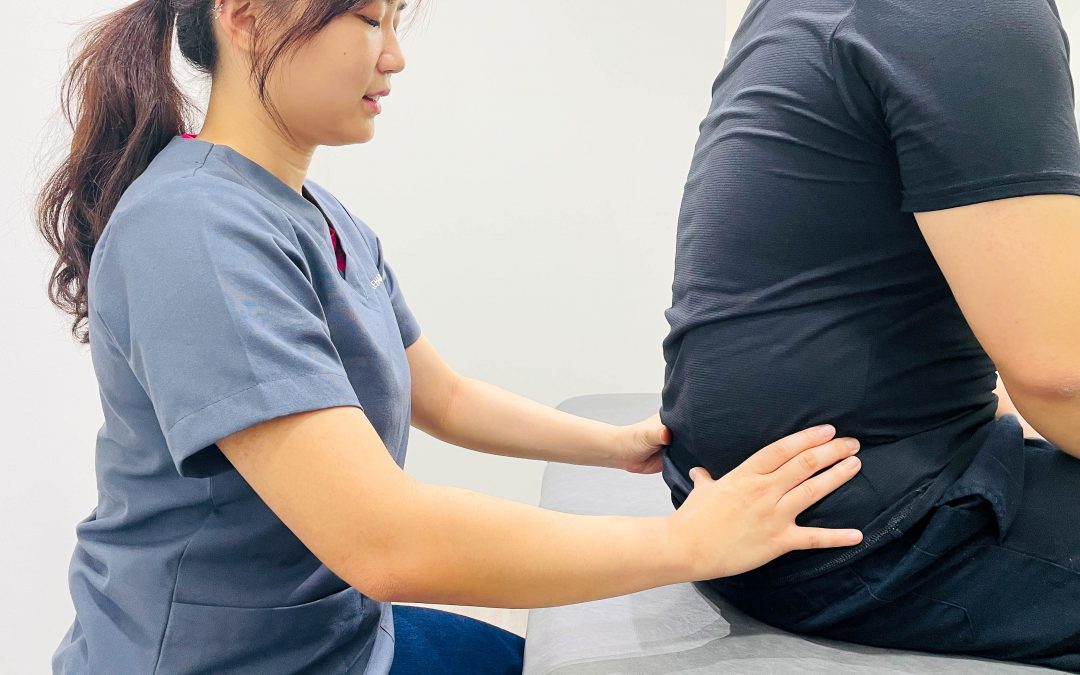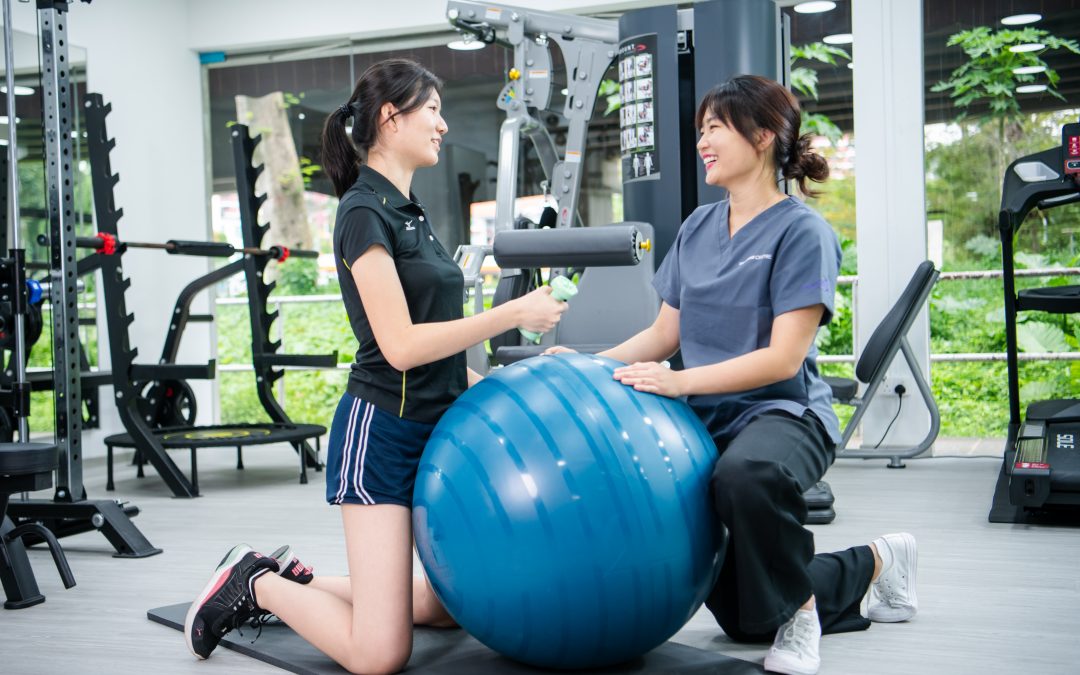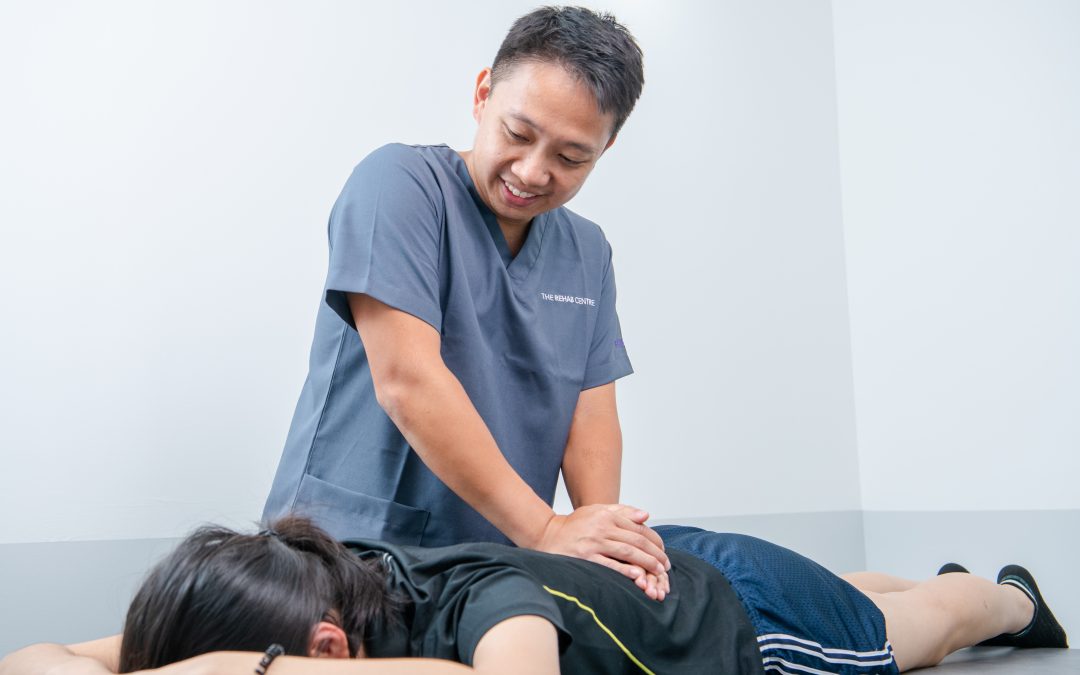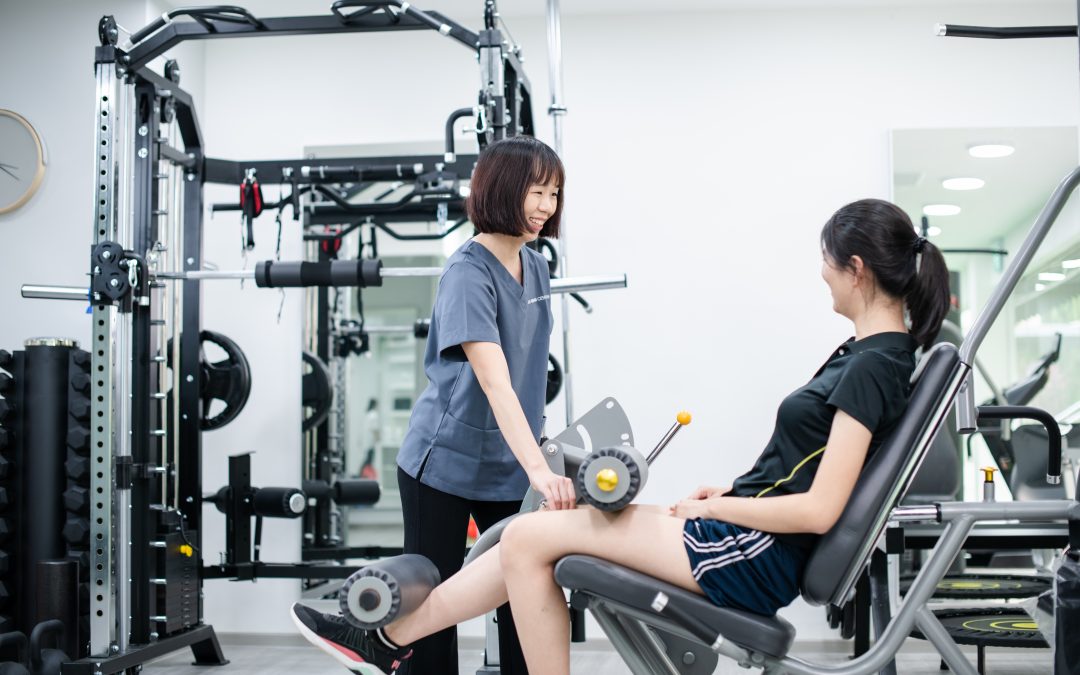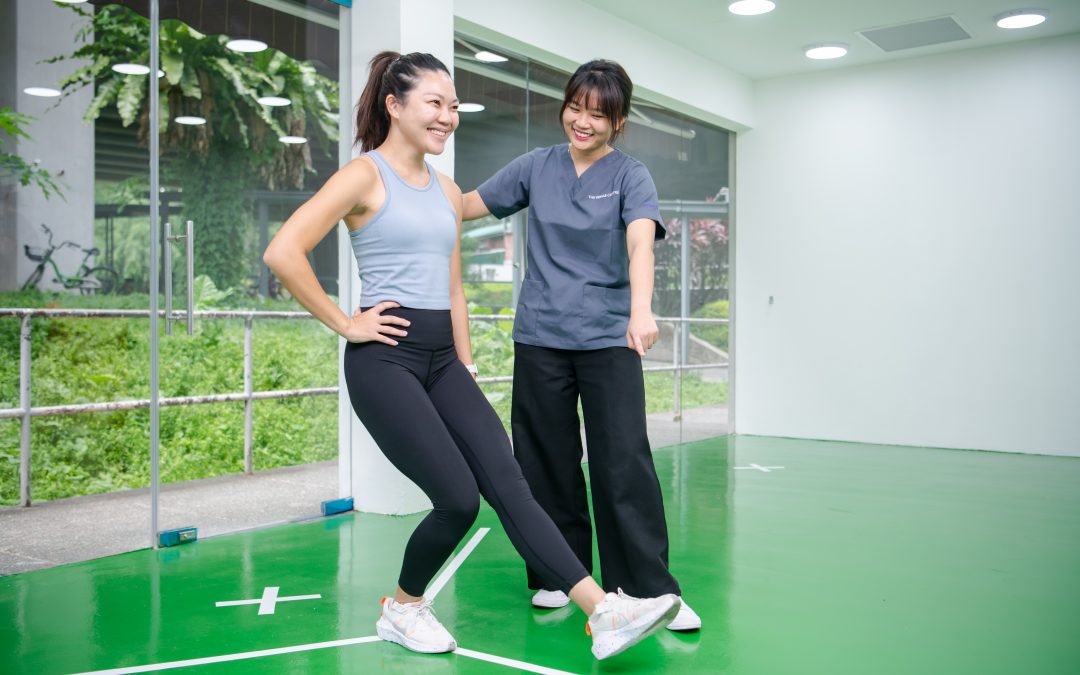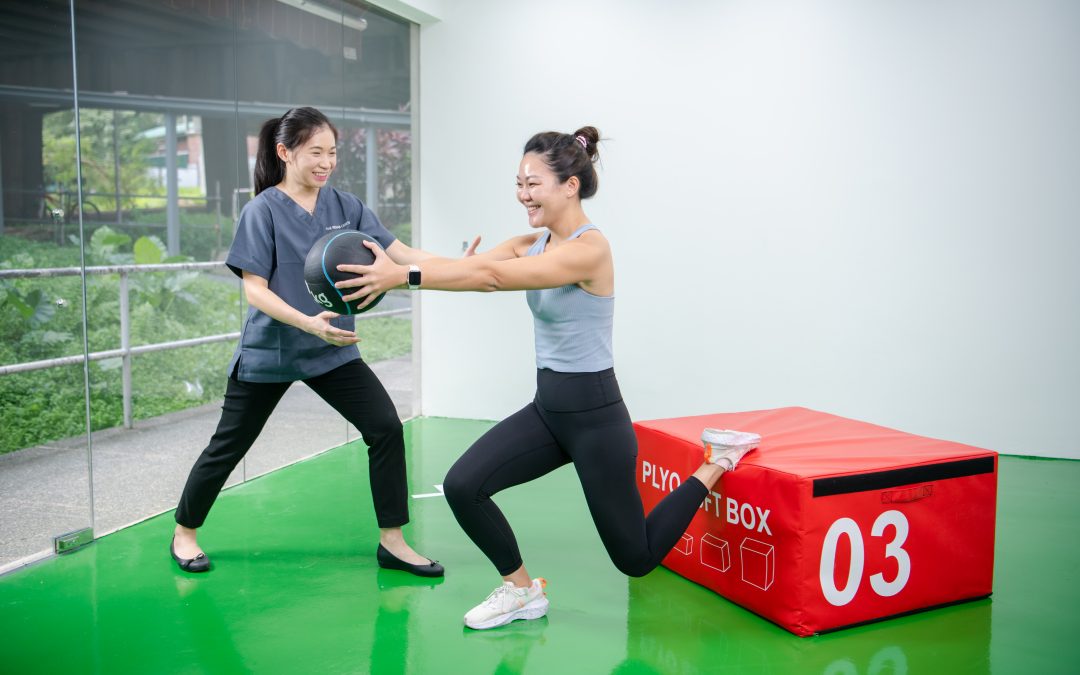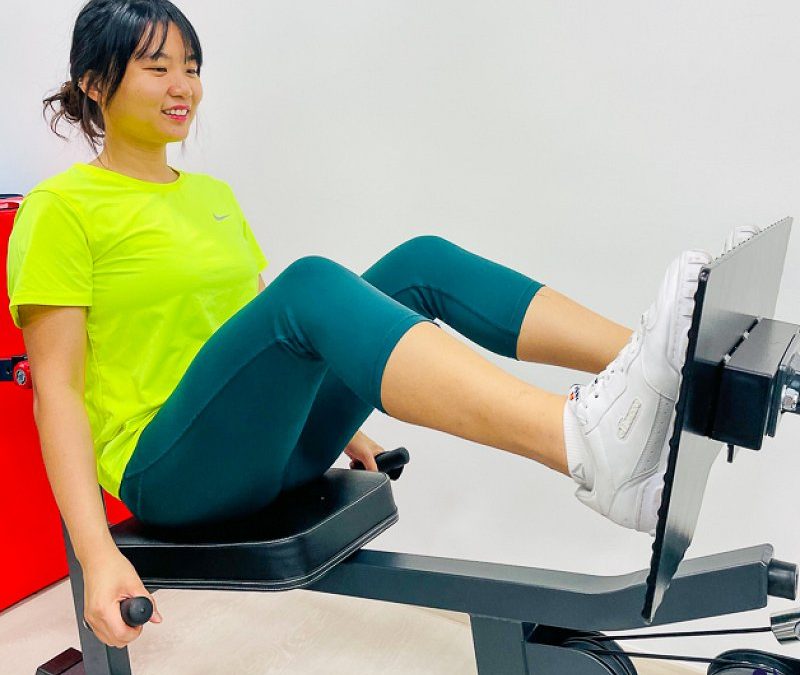I have undergone surgery. Now what?
Good news.This is where all the hard work will start.
For the first two weeks post-surgery, it is pivotal (no pun intended!) for us to allow your knee to settle. Hence protected and relative rest and recovery is necessary.
What are the goals in Phase I?
During this stage, our goal is to straighten the knee and allow the swelling that has resulted from surgery to settle. On top of that, we will need to start activating your large thigh muscles, also known as your quadricep muscles, in order to allow for future progression of exercises.
So you must be wondering what to expect during your physiotherapy session at this stage? During your visit, your physiotherapist will teach you simple quadricep activation exercises such as straightening your knee and gentle range of motion exercises to get the knee moving.
Your Physiotherapist will also deploy the use of a neuromuscular electrical stimulation (NMES) machine to, if you like, wake the muscles up, to increase and improve the contractions of the muscles.
How can my Physiotherapist help?
Your Physiotherapist will prescribe you with a series of exercises, and ensure you carry the exercises out safely, with proper form. They will also assess your movements and determine when it is appropriate for you to progress to Phase 2.
Some exercises you might expect during this phase include: heel slides, gentle knee extensions, quadricep contractions, single leg raises. The aim of this phase is to restore knee range as well as to begin activation of the quadricep muscles.
What is expected of me?
To maximise your rehabilitation process, it is paramount that you be diligent with your prescribed exercise program. Should any issues arise during the program, it is necessary to inform your Physiotherapist immediately. Your Physiotherapist will reassess the situation and provide you with the best possible care.
Book now or give us a call to schedule an appointment to see our Physiotherapist who will be able to partner you to recovery after your ACL reconstruction. Learn more about our post surgery care here.
DISCLAIMER: These advise and exercises should not replace the need for a consultation with a Physiotherapist especially if your condition doesn’t improve. Therapeutic exercise should be carefully selected to suit your condition.
Filed under: Knee
